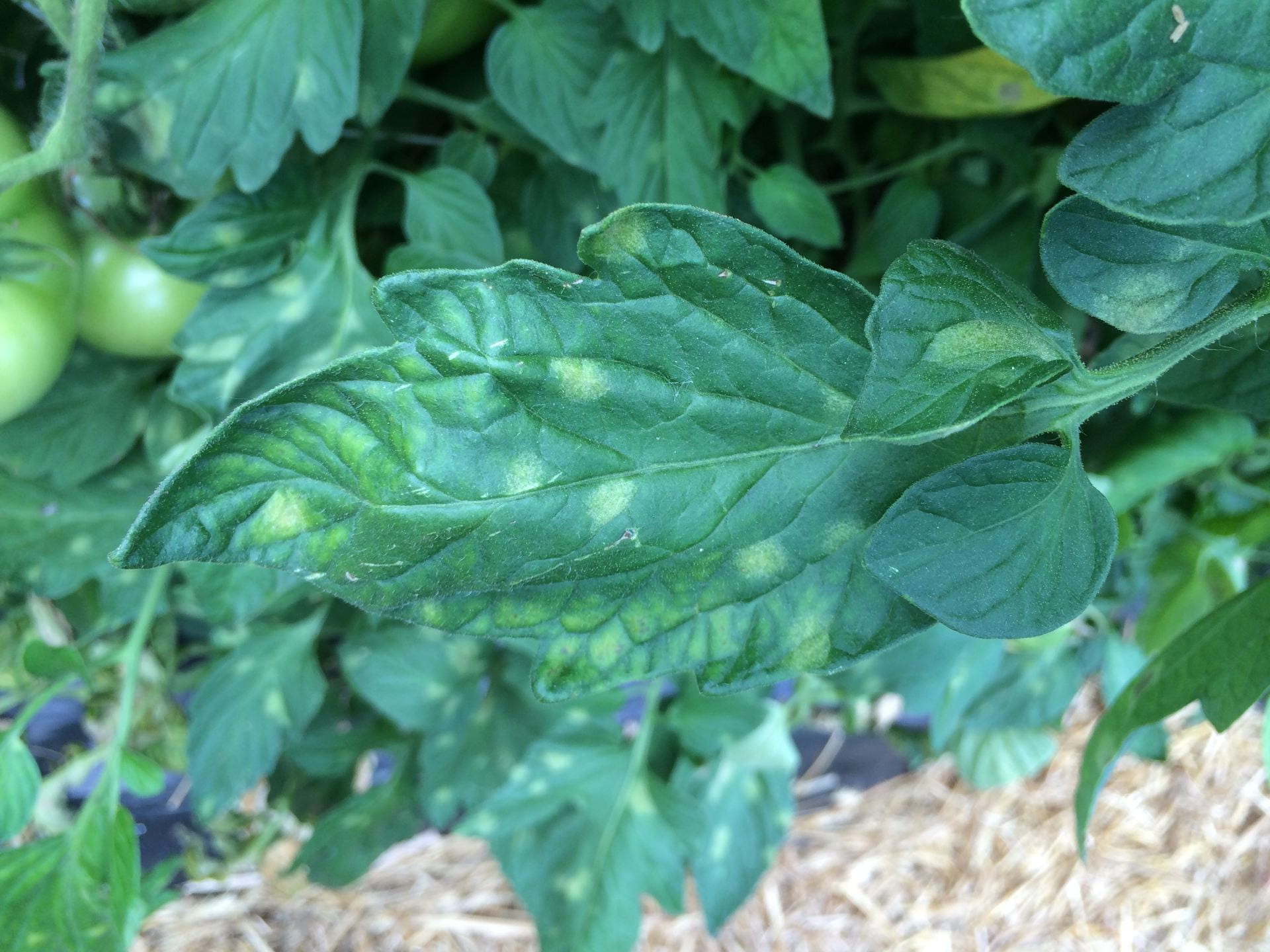
Micosis/Hongos
WHAT IS AND HOW TO ELIMINATE
Cladosporiosis
Fulvia Fulva / Cladosporium Fulvum
Pathogen:
Fungus
Type:
Risk to the plant:
HIGH



DESCRIPTION
WHO CAUSES IT?
Fulvia fulva, also known as Cladosporium fulvum, is a phytopathogenic fungus that causes the disease known as cladosporiosis in tomato plants. This fungus reproduces through conidial spores, which are dispersed mainly by wind, rain and overhead irrigation. Spores germinate on the surface of the leaves of tomato plants when there is sufficient moisture and penetrate the tissues through stomata, which are small pores on the surface of the leaves. Inside the plant, the fungus develops a mycelium that grows intercellularly, extracting nutrients from the host cells. Under favorable conditions, the fungus can produce new conidia on the surface of infected leaves, allowing the disease to spread rapidly to other plants. During unfavorable periods, the fungus can survive on plant debris and in the soil, waiting for more suitable conditions to restart the infectious process.
SYMPTOMS
Cladosporiosis, caused by Fulvia fulva in tomatoes, manifests mainly in the leaves, although it can also affect the stems and fruits in severe cases. The disease begins with yellowish Taches on the upper surface of the leaves, which gradually darken and develop a characteristic mold on the underside. This infection interferes with photosynthesis and can cause significant defoliation, weakening the plant and reducing the quality and quantity of fruits.
- Yellowish Taches on the upper surface of the leaves
- Development of olive-brown mold on the underside of the leaves
- Curling and wilting of affected leaves
- Premature defoliation
- Brown lesions on stems and petioles
- Reduction in the size and quality of the fruits
- General loss of vigor in the plant


TEMPERATURE AND HUMIDITY
22-26°C
70-90%

HOW IS IT SPREAD?
Wind, irrigation water, contaminated tools, direct contact with infected plants, infected crop remains, infested soil

HOW TO REMOVE IT?
Home remedies
There are no home treatments
Chemical treatments
• AZOXISTROBIN 20% + DIFENOCONAZOLE 12.5% [SC] P/V
• AZOXISTROBIN 25% [SC] P/V
• DIFENOCONAZOLE 12.5% + CYFLUFENAMIDE 1.5% [DC] P/V
• DIFENOCONAZOLE 25% [EC] P/V
• TEBUCONAZOLE 20% [EW] P/V
• TEBUCONAZOLE 25% [EC] P/V
• TEBUCONAZOLE 25% [EW] P/V
• TEBUCONAZOLE 25% [WG] P/P
• TETRACONAZOLE 10% [EC] P/V
• TETRACONAZOLE 12.5% [ME] P/V
• TETRACONAZOLE 4% [ME] P/V
Authorized treatments in organic farming
-
Insect allies
EFFECTIVE PRODUCTS TO ELIMINATE THIS PEST
Sponsored link
Sponsored link
Sponsored link
Sponsored link
Sponsored link
Sponsored link
Effective against all types of fungi
- Use tomato varieties resistant to Fulvia fulva.
- Ensure adequate ventilation and spacing between plants to reduce humidity.
- Remove and destroy crop remains and fallen leaves to reduce the source of inoculum.
- Apply preventive and specific fungicides at the beginning of the growing season.
- Implement a drip irrigation system instead of sprinkler irrigation to minimize moisture on the leaves.
- Carry out regular pruning to improve air circulation within the foliage.
- Rotate crops and avoid continuous planting of tomatoes in the same place to reduce disease pressure.
- Regularly monitor the crop to quickly detect and treat the first symptoms.
- Use meshes and physical barriers to protect the crop from the dispersal of spores by the wind.
- Ensure good soil drainage to avoid waterlogging and moisture accumulation.
























